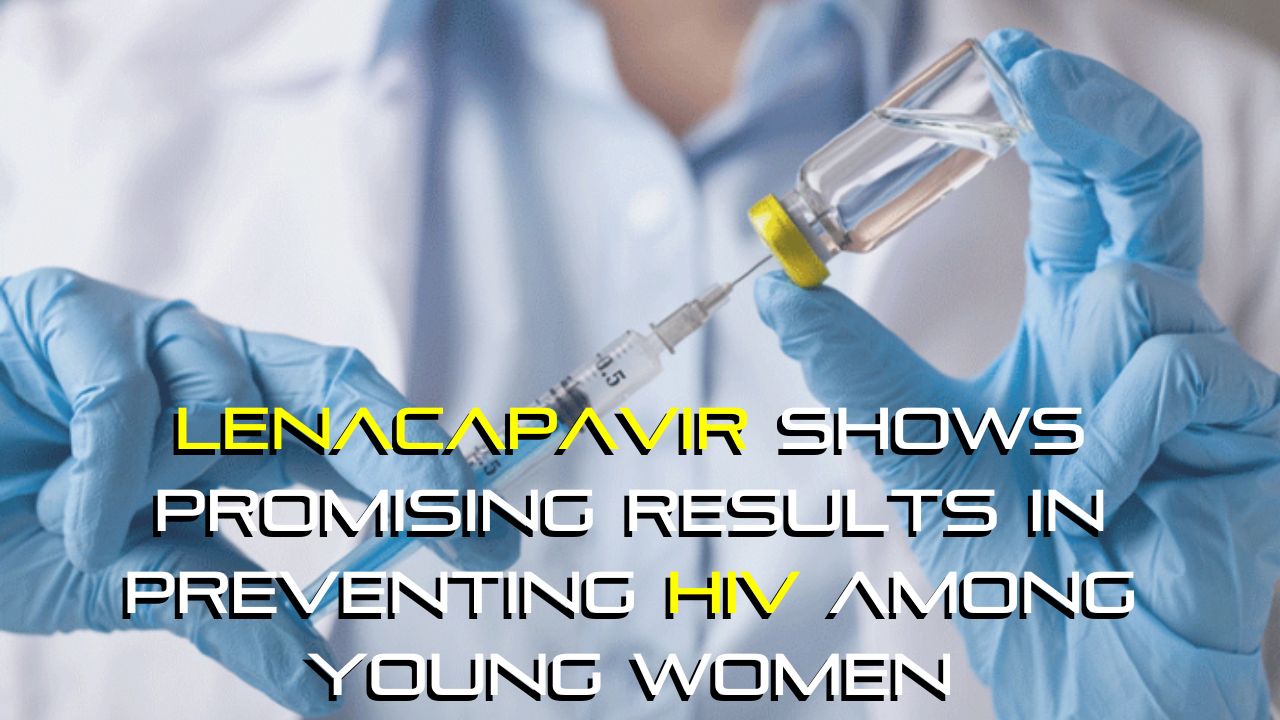Font size:
Print
Lenacapavir Shows Promising Results in Preventing HIV Among Young Women
Context:
The recent large clinical trial in South Africa and Uganda for lenacapavir, a new pre-exposure prophylaxis (PrEP) drug, shows injection twice a year is 100% effective against HIV infection.
More on news:
- The trial focussed on women aged 16 to 25, a group particularly vulnerable to HIV infection.
- The trial tested whether a six-month injection of lenacapavir would provide better protection against HIV infection than two other drugs, PrEP drugs, Truvada (F/TDF) and Descovy (F/TAF). both daily pills.
- Lenacapavir (Len LA): A fusion capsid inhibitor administered subcutaneously every six months, which disrupts the HIV capsid, a protein shell essential for viral replication.
- Truvada (F/TDF): A daily PrEP pill widely used for over a decade.
- Descovy (F/TAF): A newer daily pill with superior pharmacokinetic properties compared to Truvada.
- All three medications are pre-exposure prophylaxis (PrEP) drugs.
Lenacapavir:
- It is a drug for the treatment of HIV.
- It is also being studied as an investigational drug to prevent HIV infection.
- It belongs to a group of HIV drugs called capsid inhibitors.
Significance:
UNAIDS Target:
- It is leading the global effort to end AIDS as a public health threat by 2030 as part of the Sustainable Development Goals.
- Offering a new, highly effective tool that could simplify PrEP regimens for young women who find daily medication challenging due to social and structural barriers. The trial will continue in an “open label” phase where participants are informed of their assigned PrEP and can choose their preferred option.
- The success of lenacapavir could significantly impact global HIV prevention efforts and help meet UNAIDS targets.
National AIDS and STD Control Programme Phase-V (2021-2026):
- NACP Phase-V: Central Sector Scheme fully funded by the Government of India with an outlay of Rs 15,471.94 crore.
- Goal: Attain UN Sustainable Development Goals 3.3, aiming to end the HIV/AIDS epidemic as a public health threat by 2030.
- Services: Prevention, detection, and treatment of HIV/AIDS and STIs.
- Building on Previous Initiatives: HIV/AIDS Prevention and Control Act (2017), Test and Treat Policy, Universal Viral Load Testing, Mission Sampark, Community-Based Screening, Transition to Dolutegravir-based Treatment Regimen.
- Setting up Sampoorna Suraksha Kendras (SSK) for providing services for those “at risk” for HIV and STIs, covering the prevention-test-treat-care continuum.
HIV (Human Immunodeficiency Virus):
- It is an infection that attacks white blood cells, weakening the immune system and increasing susceptibility to infections like tuberculosis and certain cancers.
- Transmission: Spread through body fluids (blood, breast milk, semen, vaginal fluids) from an infected person. Can also be transmitted from mother to child during pregnancy, delivery, or breastfeeding.
- Not spread through casual contact like kissing or sharing food.
- AIDS (Acquired Immunodeficiency Syndrome): The most severe phase of HIV infection, characterised by a very weakened immune system and severe illnesses.
- Prevention:
- Condom Use, Testing: Regular HIV and STI testing, Medical Male Circumcision
- Harm Reduction: Services for people who inject/use drugs.
- Medications:
- PrEP (Pre-exposure Prophylaxis): Antiretroviral drugs taken before potential exposure.
- PEP (Post-exposure Prophylaxis): Antiretroviral drugs taken after potential exposure.
- Dapivirine Vaginal Rings and Injectable Cabotegravir: Long-acting prevention methods.



